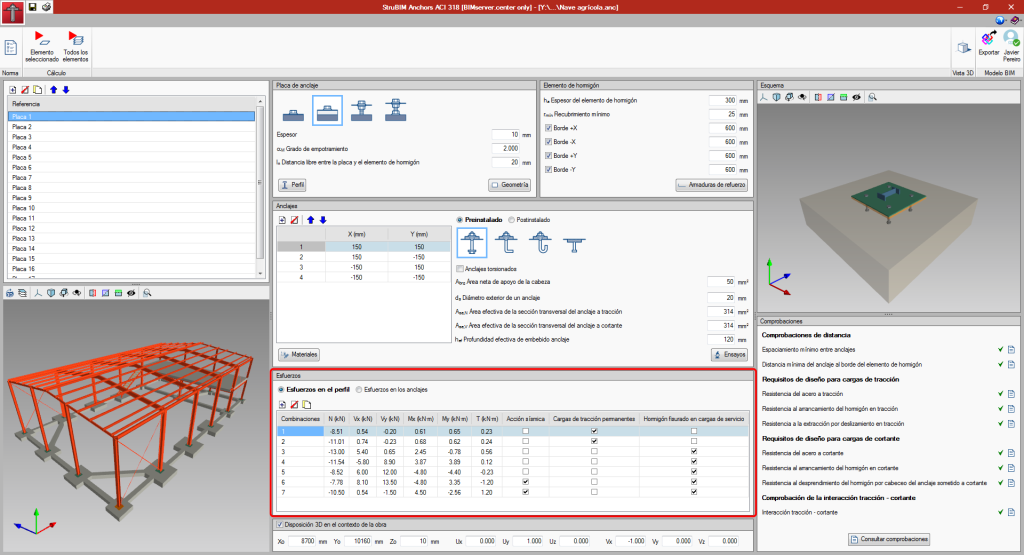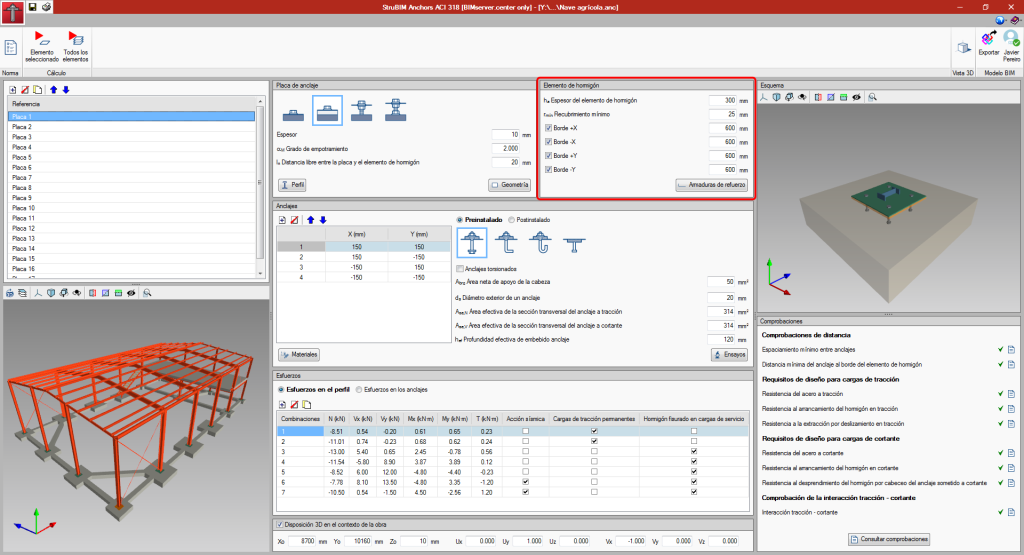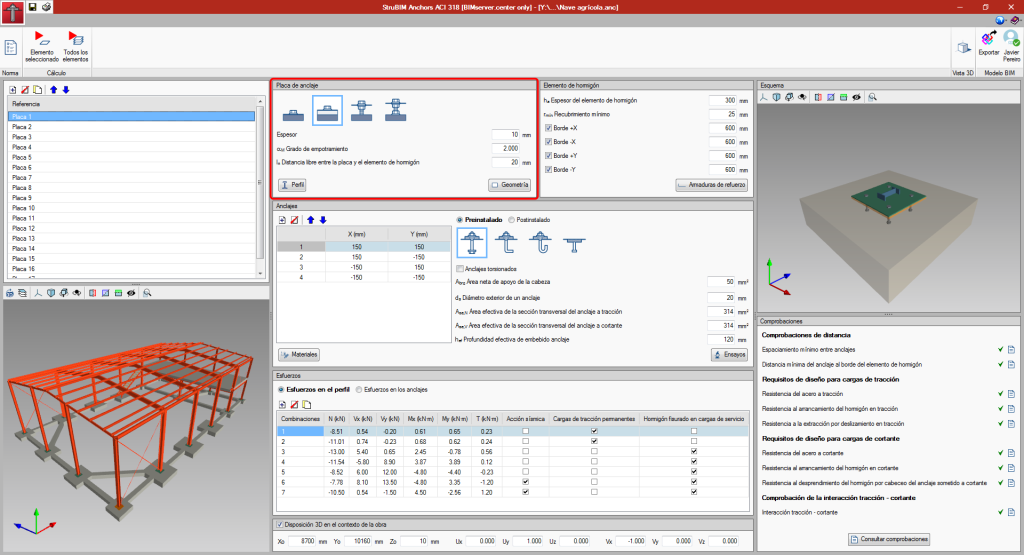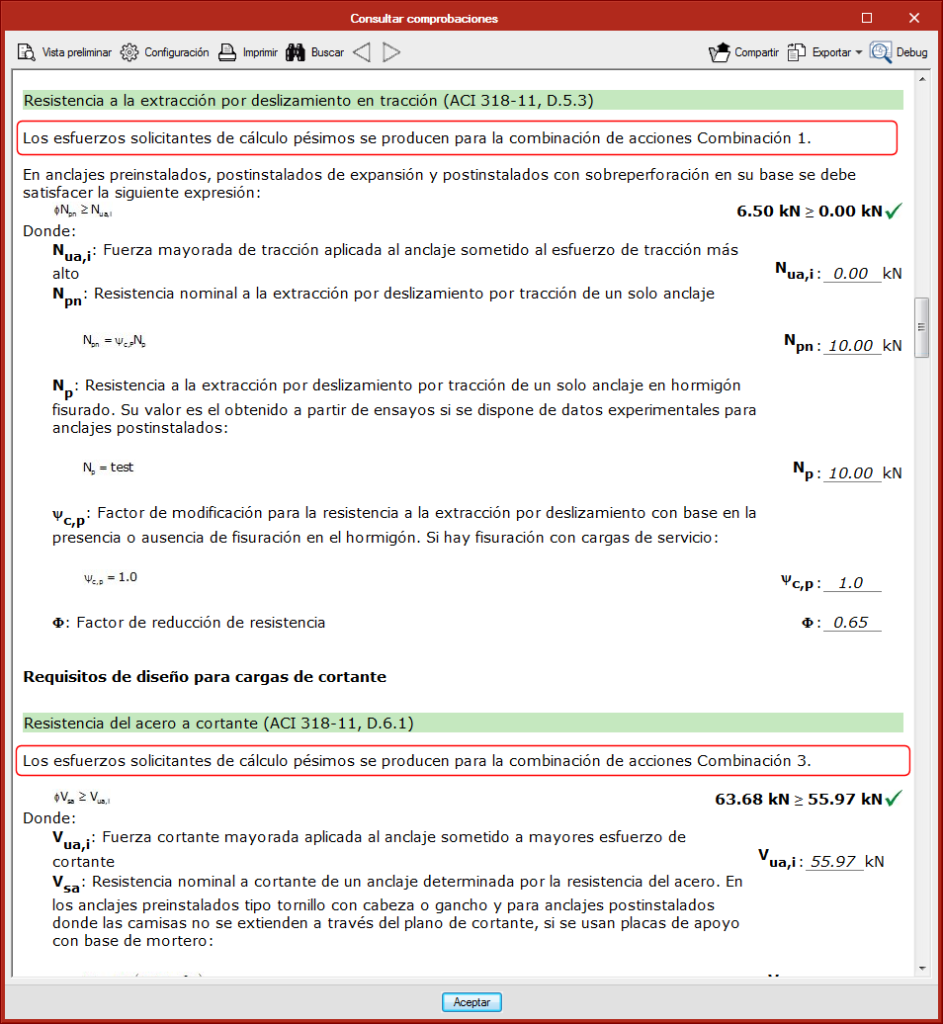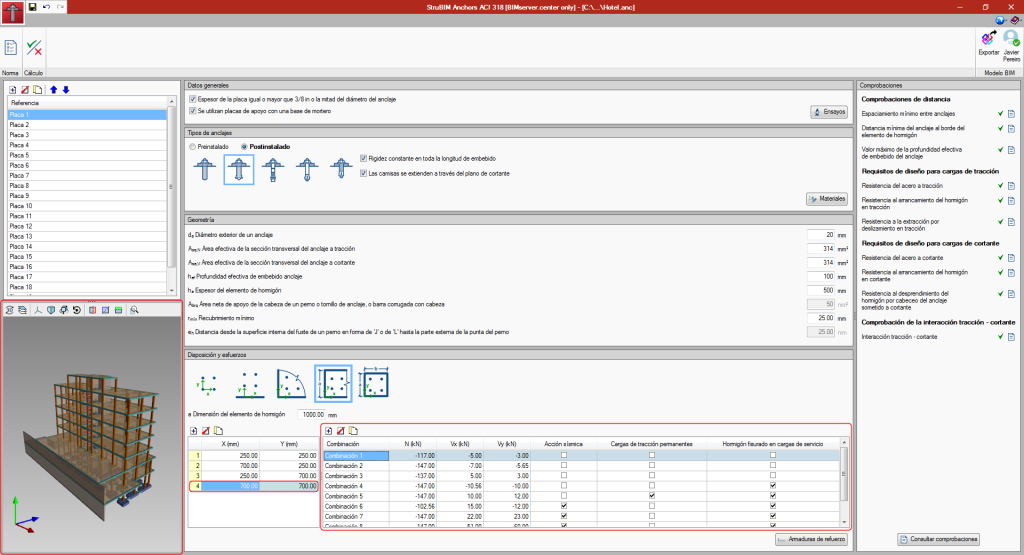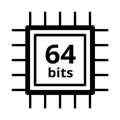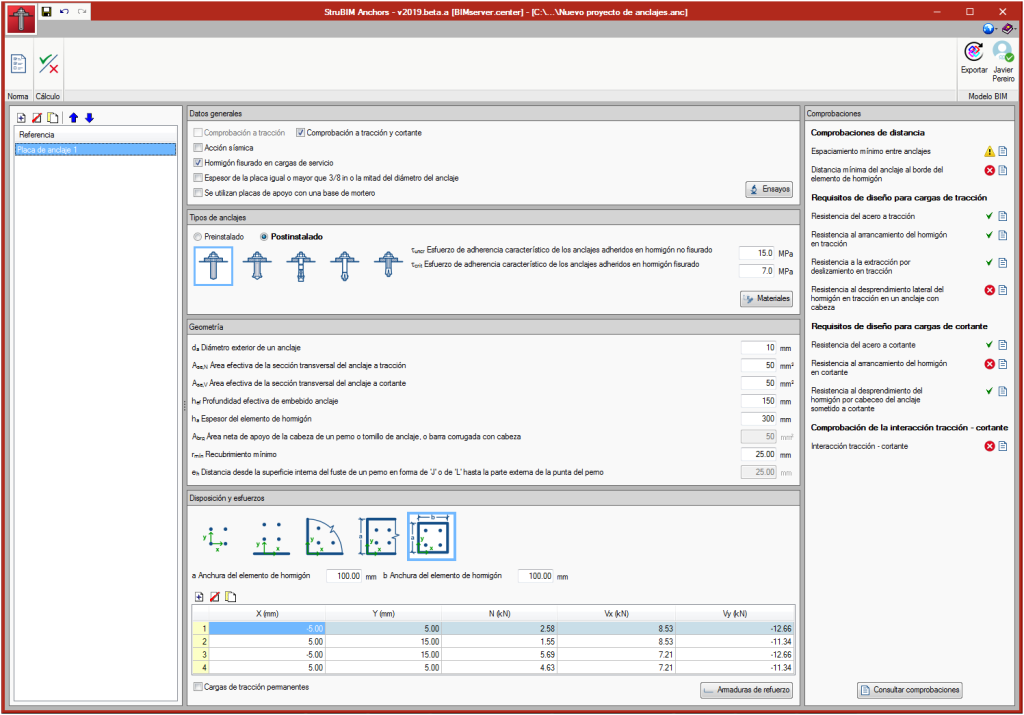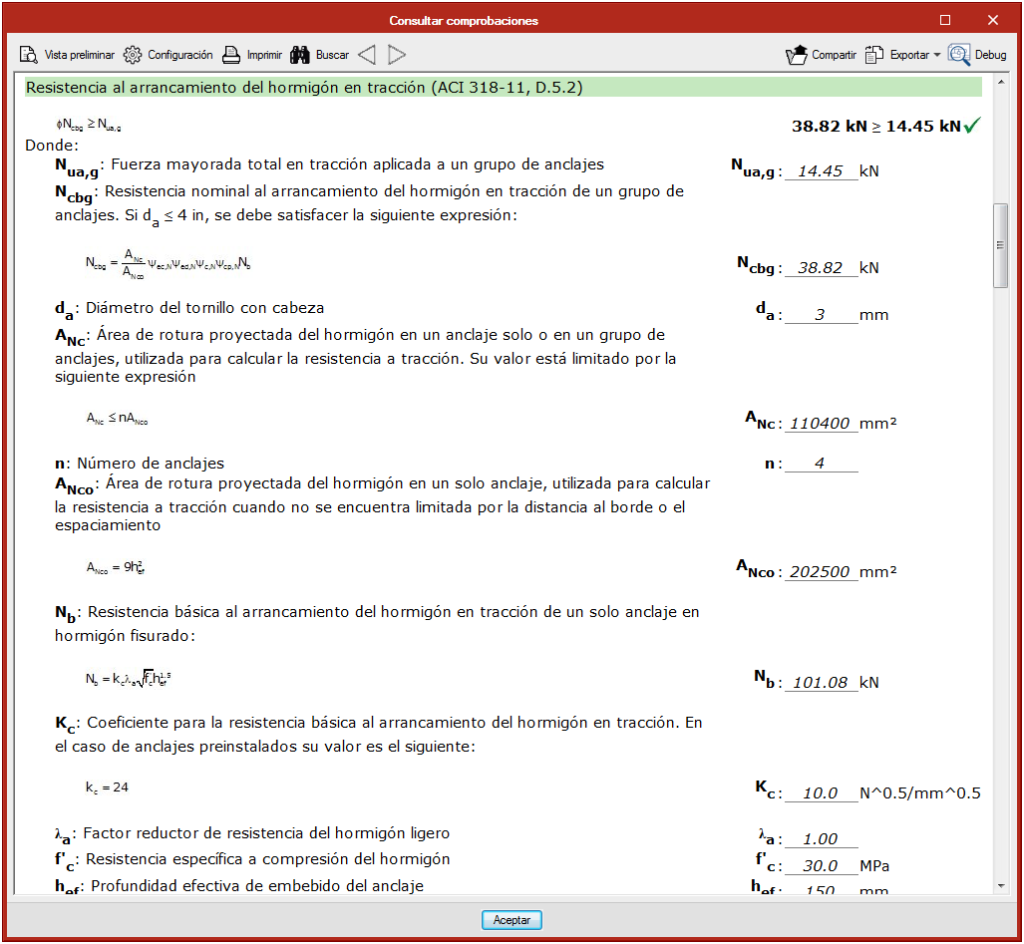As of this version, users can introduce the forces of the section instead of the forces of each anchor. The forces are those of the one-dimensional structural elements: axial, shear and bending moments in both directions and torsional moment.
In the case of plates level with the concrete element or on a layer of mortar, the program performs an iterative calculation, due to the non-linear behaviour of the materials, until the integration of the stresses in the section, given a deformation plane, coincides with the forces imposed by the metallic profile. The behaviour of the materials is as follows:
- Anchors
Stress diagram - linear tensile deformation, with a modulus of elasticity of 210 GPa and null in compression (it is assumed they provide no compression resistance). - Concrete and mortar
Stress diagram - deformation with constant compression (AISC Steel Design Guide 1) with a value of 0.85fc (ACI 318-14 22.8.3.2) and null in tension.
When the plate is suspended from the anchors, the concrete does not contribute and the anchors behave linearly in tension and compression.
The option to introduce the forces in each anchor can be used by pressing the top selection buttons of that panel.

